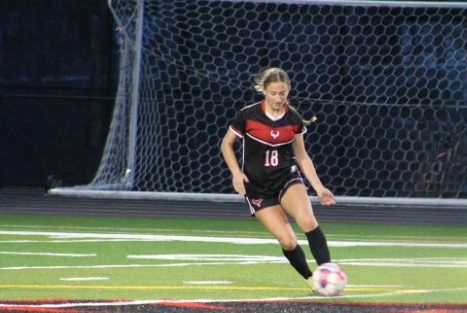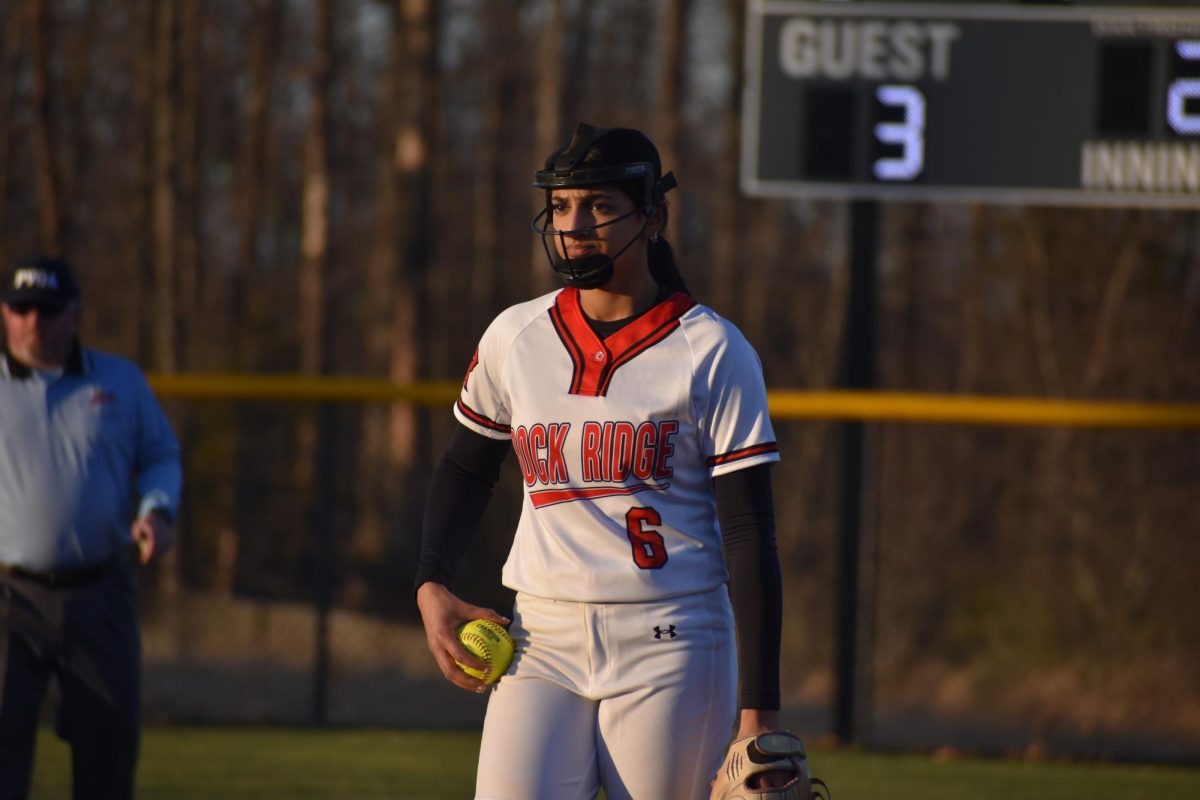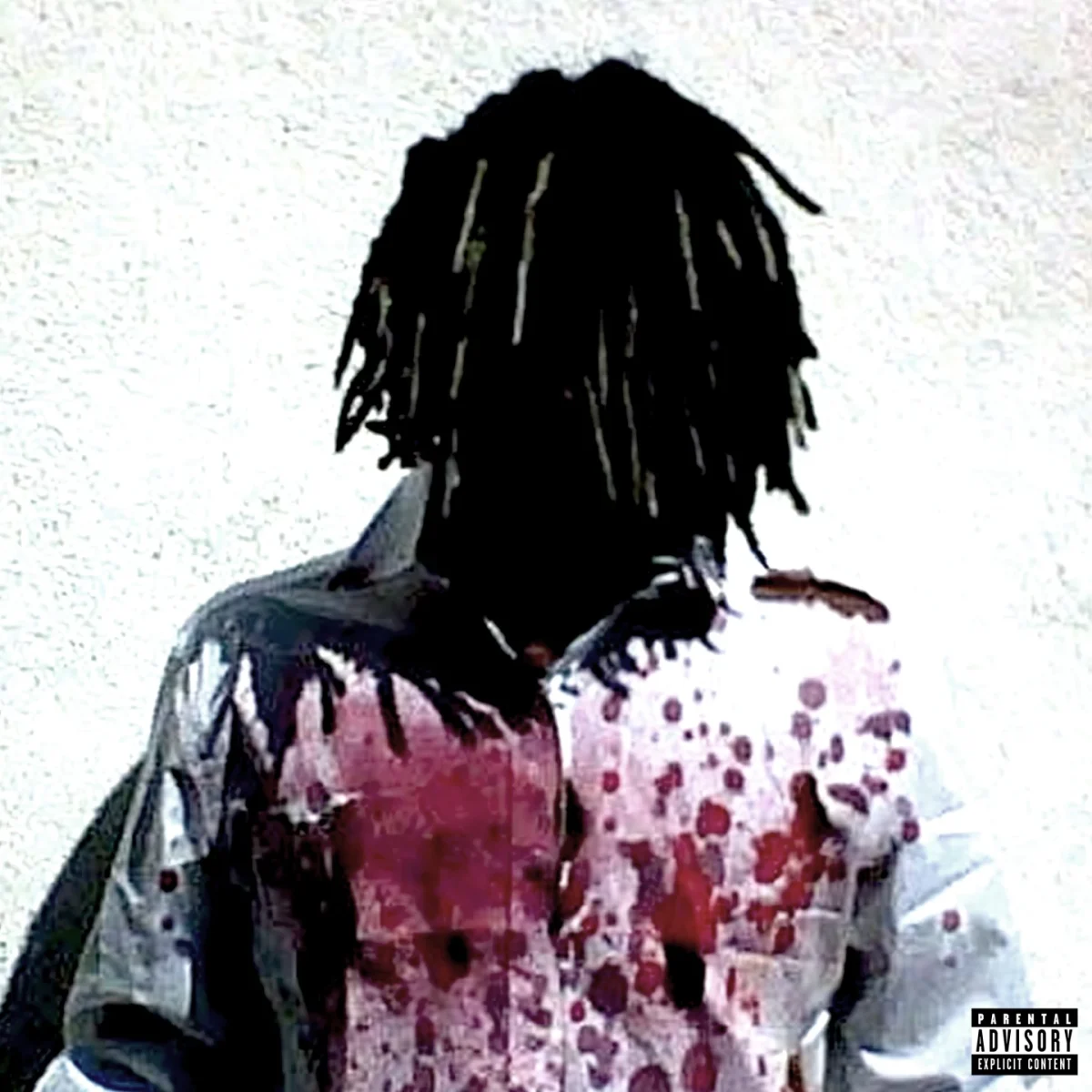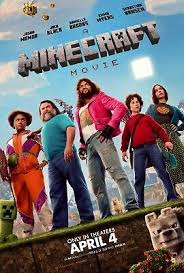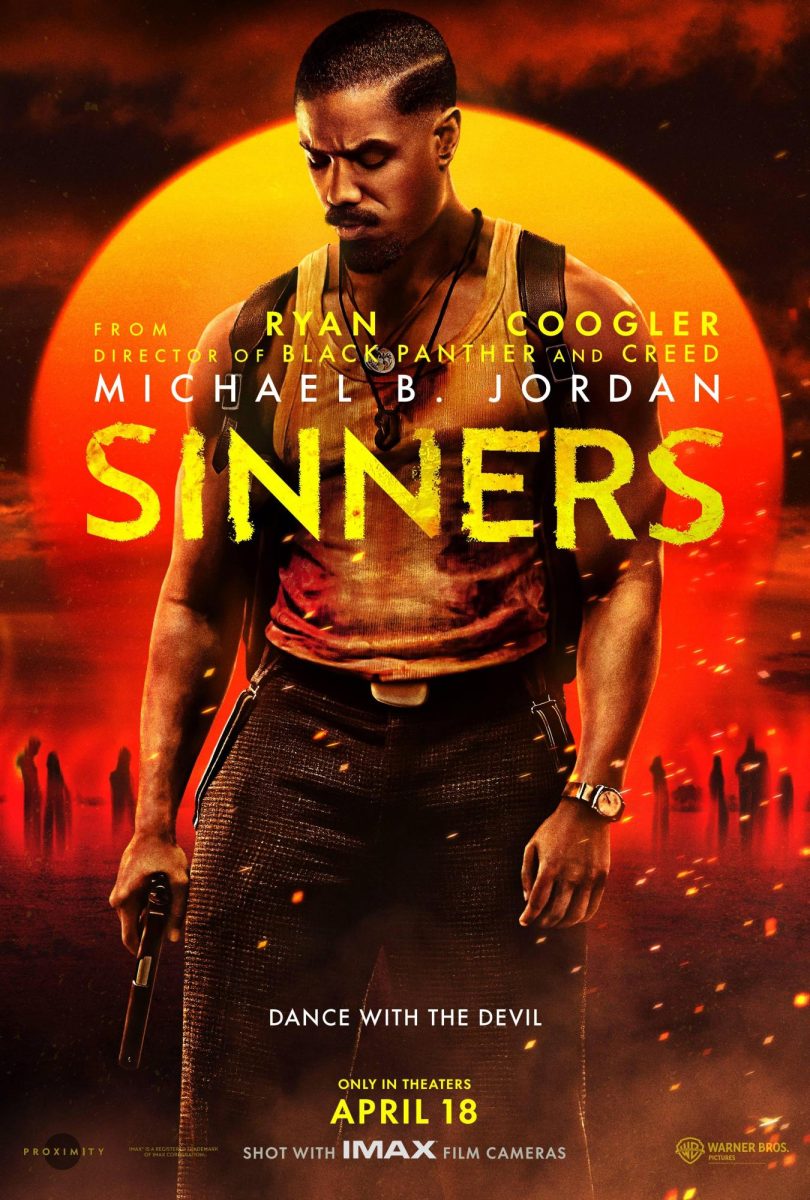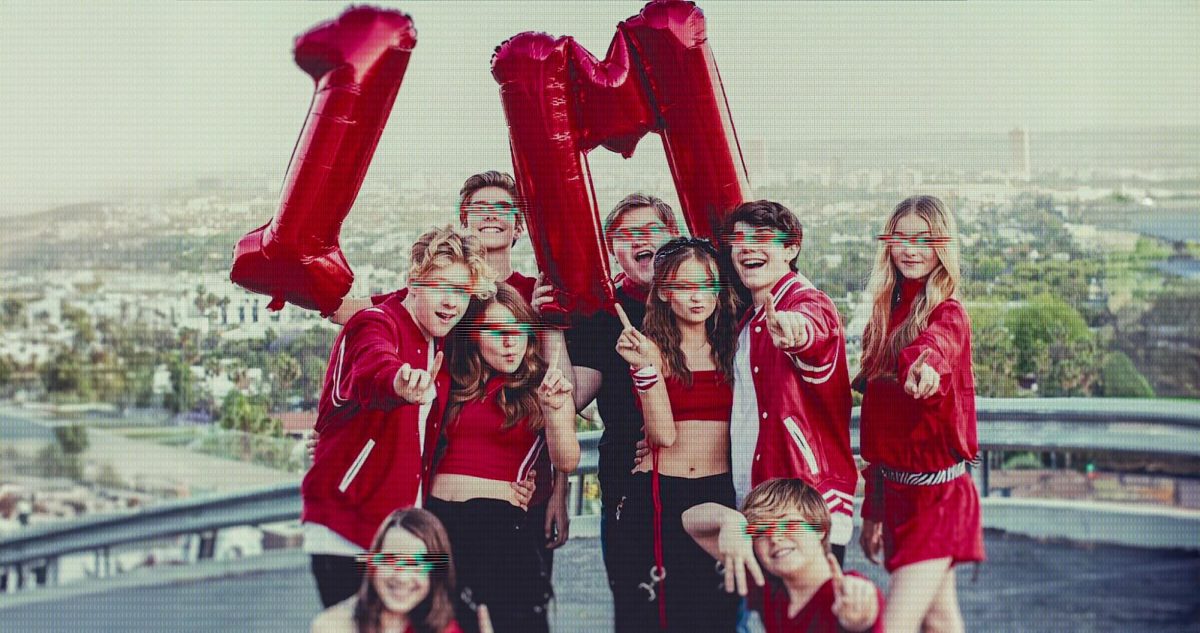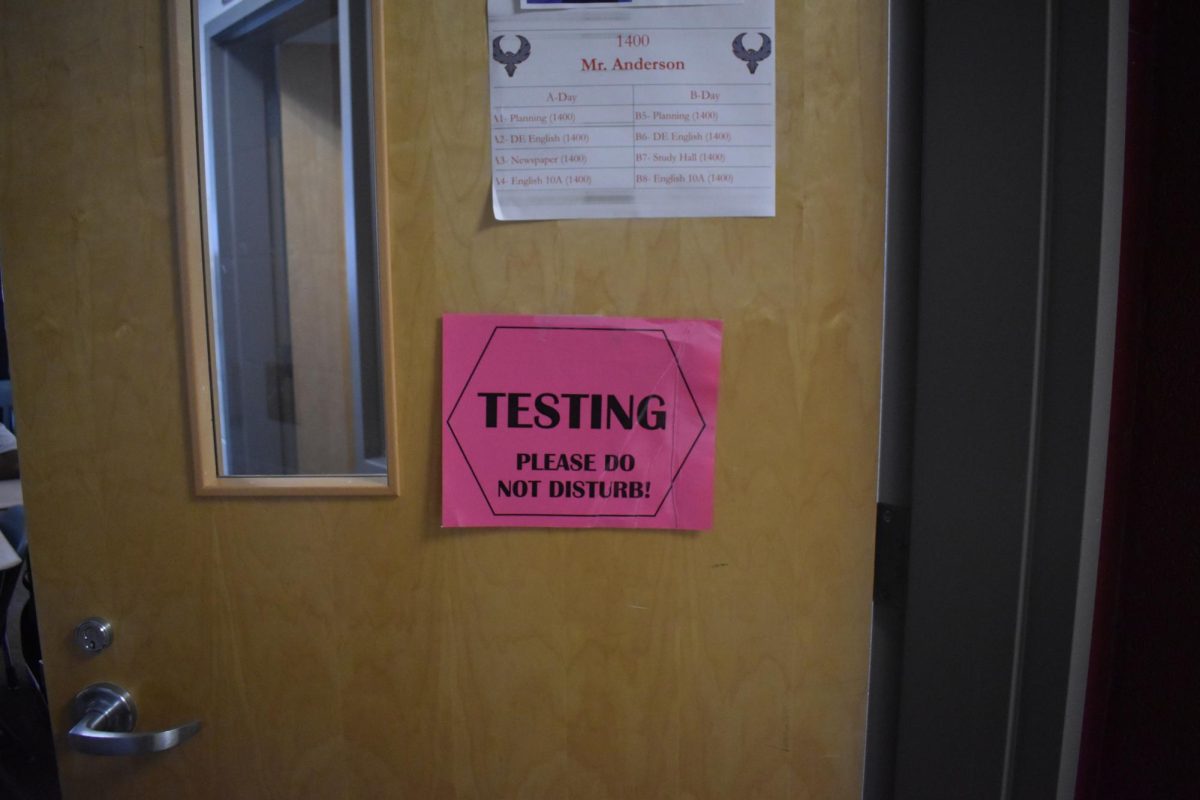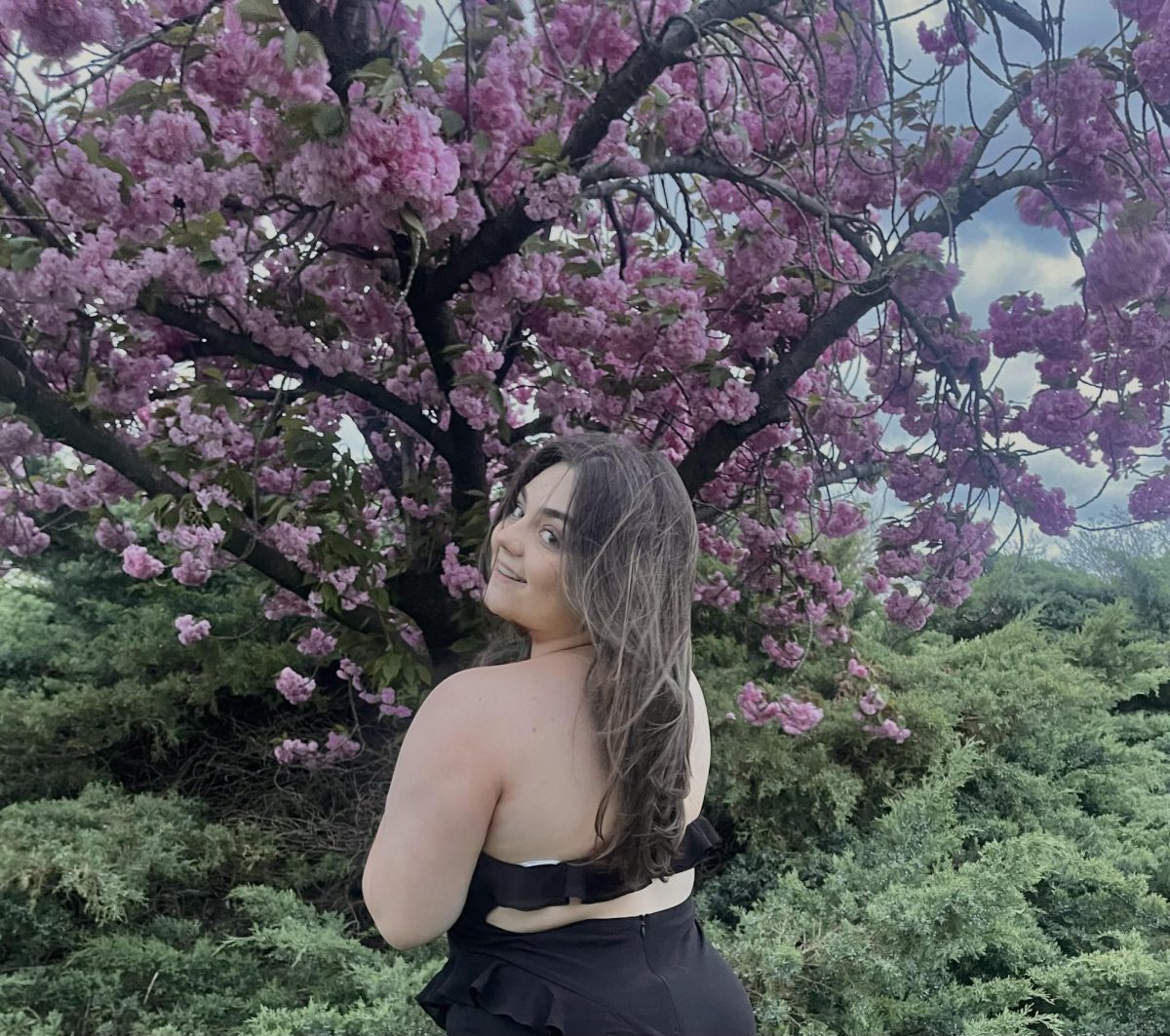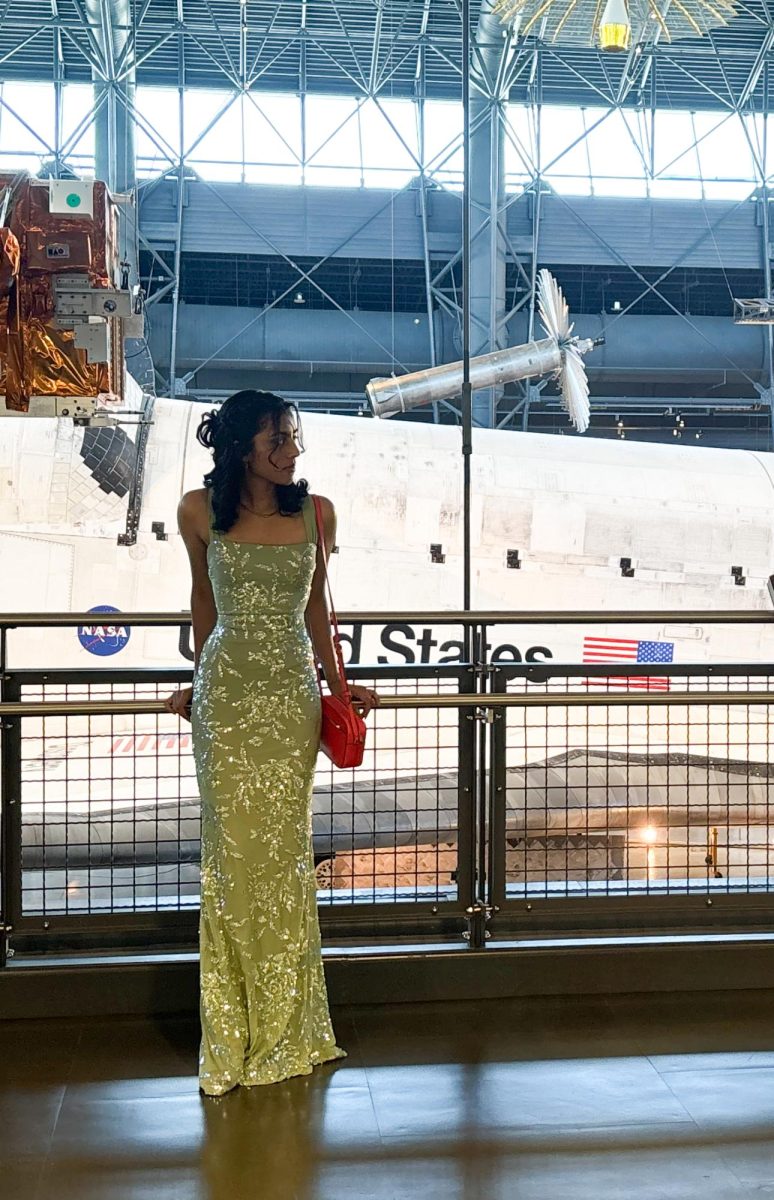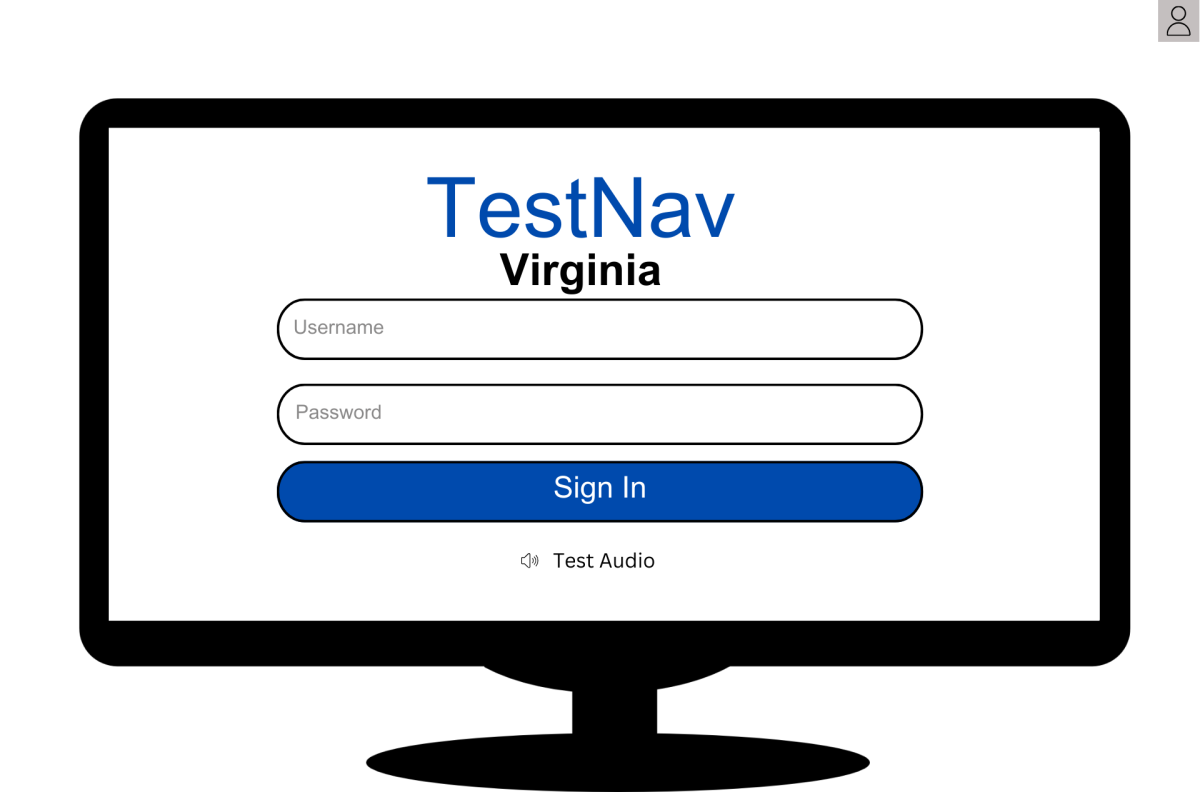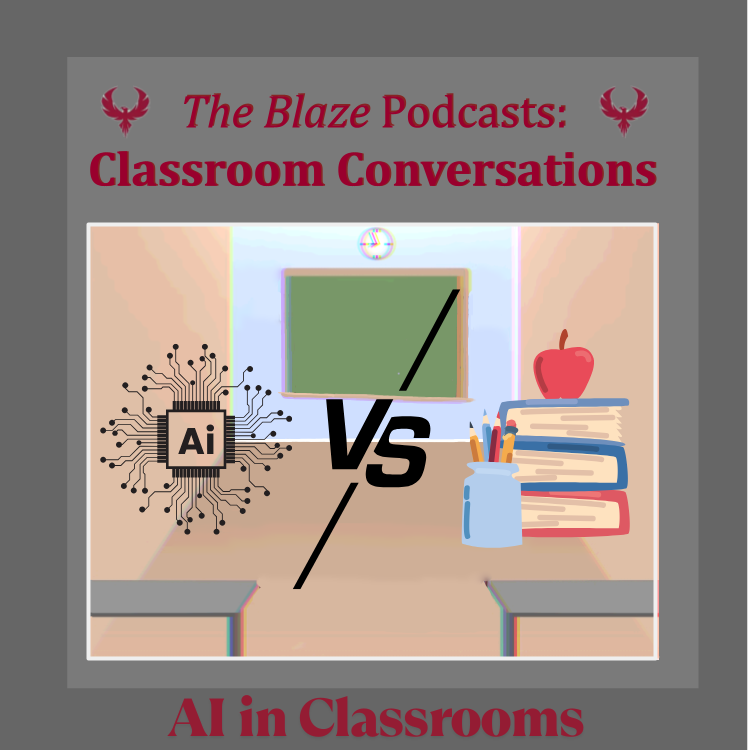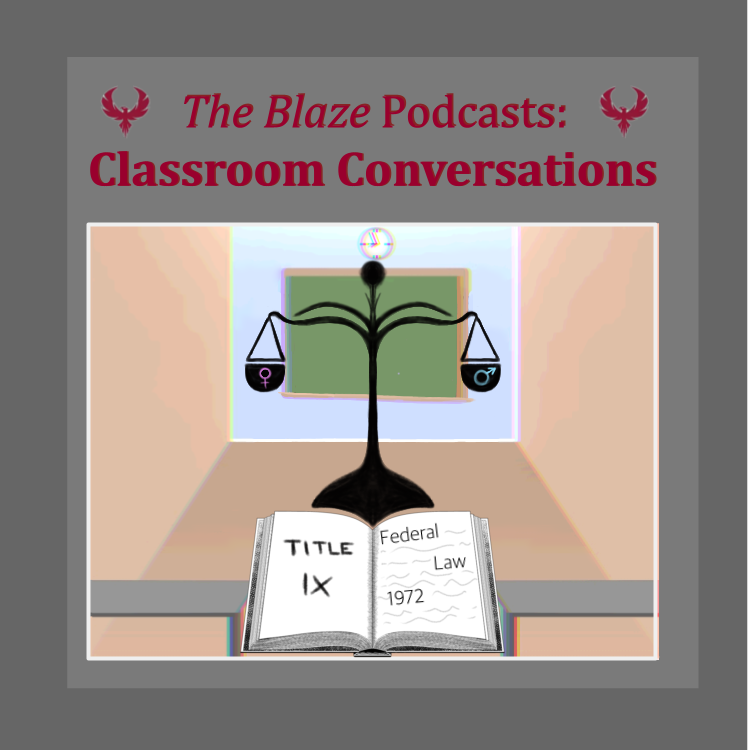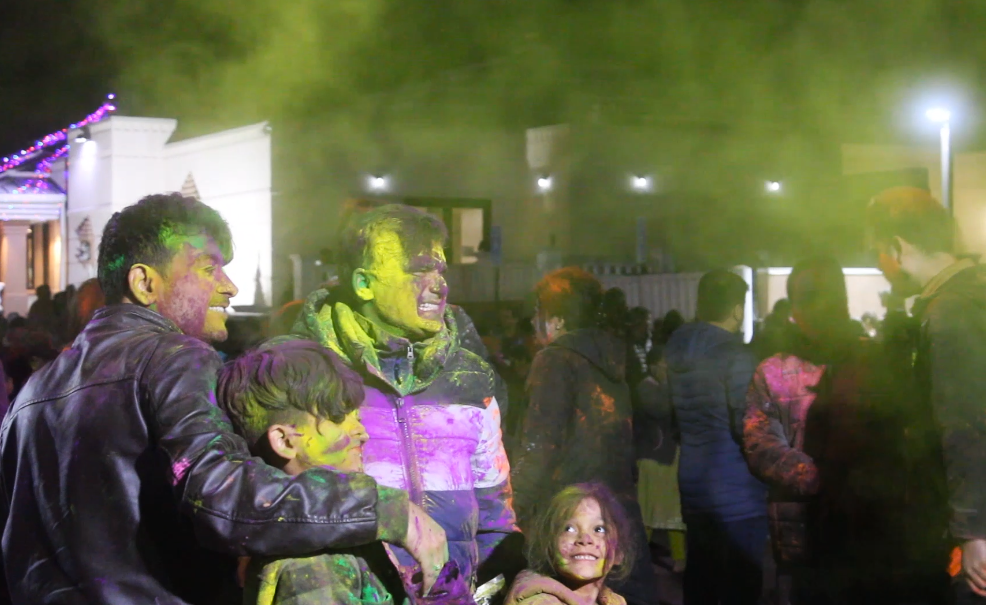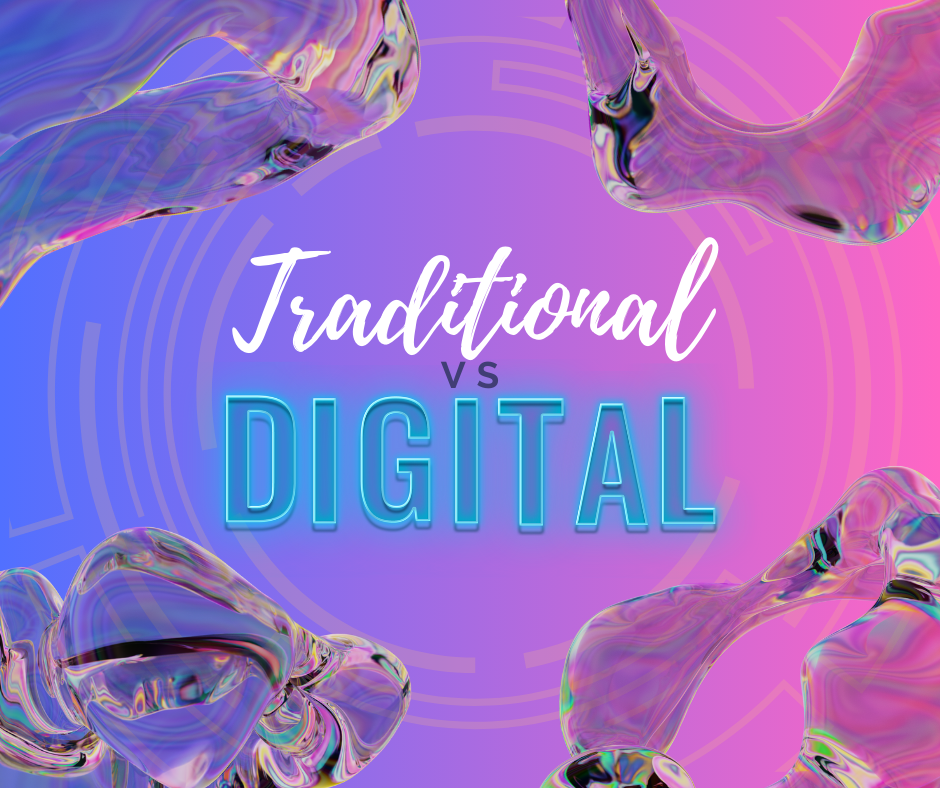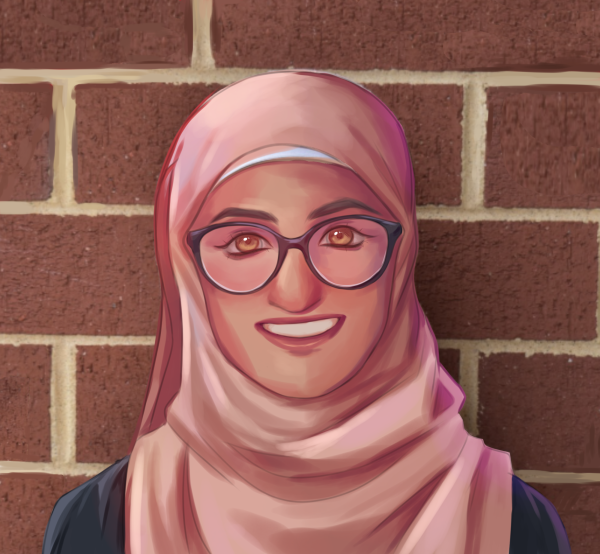Times are changing, and technology plays an important role in advancements and innovations. With technology on the rise, the number of users of digital art is also escalating. Digital art is defined as art that is created online using technology. It’s roughly the same as traditional art, which is art that is made physically with traditional mediums such as watercolor, and charcoal, but instead of physically holding a pencil or paper, artists may use a tablet or computer to create instead.
Digital art can be used as an efficient way to create art using nearly the same process as traditional art, but faster and much more flexible. Various software programs can be used such as Procreate, ibis Paint, Clip Studio Paint, Photoshop, Medibang, Paint Tool Sai, etc.
According to Tate, an exhibition producer, the term ‘digital art’ first emerged in the 1980s when Harold Cohen developed a paint program known as AARON. It was a robotic machine that made paintings on large sheets of paper. Artificial Intelligence (AI) art also arose from Cohen’s creation.
The development of computer technology to create art led to an advancement of jobs such as graphic designer, video game designer, or digital animator. These jobs require knowledge of advanced computer features such as the “layers” tool, which allows for parts of an artwork to be separated, making it easier to make edits. Clip Studio Paint describes it as “…stacked sheets of transparent paper.” There is also a life-changing “lasso” tool, which allows for certain parts of a piece to be removed, moved to a different location, and/or resized.
According to Adobe, many creatives/artists have switched from traditional art to digital due to the benefits that it carries, which include:
- Flexibility – with digital art, there is no need to carry 20 ft canvas and expensive paint everywhere you go; all you need is an electronic device.
- Enhancements – when creating art digitally, the possibilities are endless: colors can be changed, filters can be added, and artwork can be imported and exported.
- Accessibility – it is accessible to a wide range of people due to the widespread use of technology.
- Budget – Art can be created on just about any device, however, professional digital art equipment, such as a drawing tablet and stylus, can be a bit pricey, nonetheless, one doesn’t need expensive materials to be good at something.
- Efficiency – digital art carries a lot of benefits, for example, it provides the life-changing “undo” button.
- Aesthetics – digital art carries unique filters and brushes to add to whatever art piece that is created.
- Space – the use of technology when creating digital art allows for a less cluttered workspace and workflow as compared to when creating traditional art.
- Speed – digital art allows you to toggle between features just with the click of a button.
Tools and software play an important part when creating art digitally. Some software and programs have simple interfaces that are easy to navigate, but still allow creatives to produce beautiful work such as ibis Paint and Procreate. Others are a bit more complex, such as Adobe Photoshop, or Illustrator.
Art teacher, Heathre Mills, studied digital art in school and is familiar with the process. “I find that [digital art is] cumbersome for me, I don’t have the right tools for it but if I had a drawing tablet and the right kind of stylus, it would be great,” Mills said. “But I don’t have access to that. When I was going to school, for digital artwork, it was just Photoshop that was available, and that’s what I was trained in, so I am very comfortable in Photoshop. In other programs, like Illustrator, I’ll teach myself how to do things, if I need to. I’ll go through the tutorials. But I don’t enjoy [Illustrator]. It’s not [a program] that I’m trained in [and feel] comfortable in.”
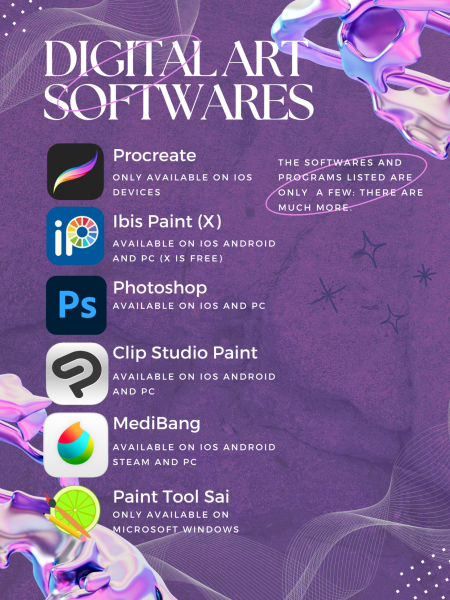
Some digital artists use professional digital drawing tablets that are connected to their personal computers. These tablets can range from pen displays or “screen” drawing tablets to pen tablets. Pen displays are tablets in which the screen can be seen and the artist can be fully aware of what they’re creating. A pen tablet, however, does not provide this feature. With a pen tablet, the artist must stare up at the screen of a computer to know what they’re drawing. Wacom, XP-Pen, HUION, and GAOMON are all leading producers of drawing tablets.
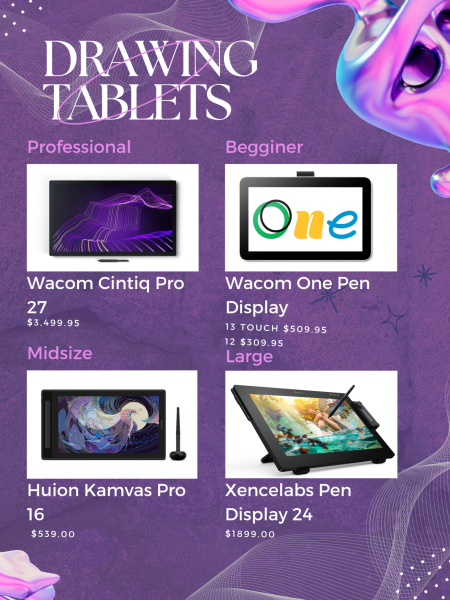
Over the years, this specific type of art has been expanding and deemed controversial due to the use of technology involved. Many argue that it shouldn’t be considered as “real” art. Shelly Hanna is an artist who specializes in traditional mediums, like oil and acrylic paint. “After having done both traditional and digital painting, I think the answer is that as far as talent and creating a work of art in today’s world, digital painting is ‘real’ art,” Hanna wrote on her blog. “If you are only measuring digital art based on it taking on a form that is handcrafted with a variety of materials, then no, it doesn’t qualify as ‘real’ art.”
Hanna believes that the times are changing, not to say that traditional art should be abolished, but rather the definition of “art” be innovated. She compared digital art to sports: saying how sports were never seen as an online ‘thing’ until eSports proved purists wrong, making millions of dollars each year. For example, Johan Sundstein, better known as “N0tail,” has made over $7 million overall playing Dota 2, and Fortnite player, Kyle Giersdorf, known as “Bugha,” has made over $3 million overall.
Recently, AI art has been deemed controversial and “fake art.” The same was said about digital art when it first started: many argue that it shouldn’t be considered art since computer software creates it. Nevertheless, it uses similar processes in both traditional and digital art. Both require technique and are difficult in their own sense. “I think that the art that is created on a computer is the same as any art that is created with a traditional medium,” Mills said.
However, when arguing about AI art, most AI software fuse copyrighted images to match the singular prompt that is asked to be created. For example, if an individual asked an AI art generator to create “a panda standing in a field,” the generator would surf the internet to find related images to the prompt and merge them together to create a singular piece of art that matches the prompt. A common mistake that is found in generated art is the incorrect anatomy when creating images with life: limbs will often be missing, extra fingers might be added, and body parts may be defying the laws of the human system.
“I feel like there are instances when people use AI to copy someone [else’s] style, then the original artist doesn’t get credit for it, and that’s bothersome to me,” Mills said. “But [when] using AI as a tool to generate ideas, I don’t have a problem with. As long as you’re changing what AI gives you, then I don’t see a problem.”
Along with digital art, AI art has proliferated over the last few years, especially due to social media. It’s been a new trend on the internet. Content creators use the software to create artistically drawn images of themselves or others. Several trends have surfaced on the web such as “if countries were people” or “if brands were people” or one of the most popular ones, the “manga filer,” which creates a portrait of a person by mimicking the style of an anime or manga character.
Nevertheless, unlike AI art, digital art is created entirely by the artist themselves, proving that it is, in fact, art. The main difference between traditional and digital art is the use of technology in digital art.
The world is changing, and with the increasing use of technology, the advancement of digital art and technology is inevitable. Instead of holding negative feelings toward digital mediums, they should be encouraged. With the use of technology, jobs, and careers such as animation and design have become much faster and efficient.
According to the Stanford Encyclopedia of Philosophy, “In order to be a true digital artist, you must learn the same types of skills to perform digital artwork that you would for traditional artwork.”

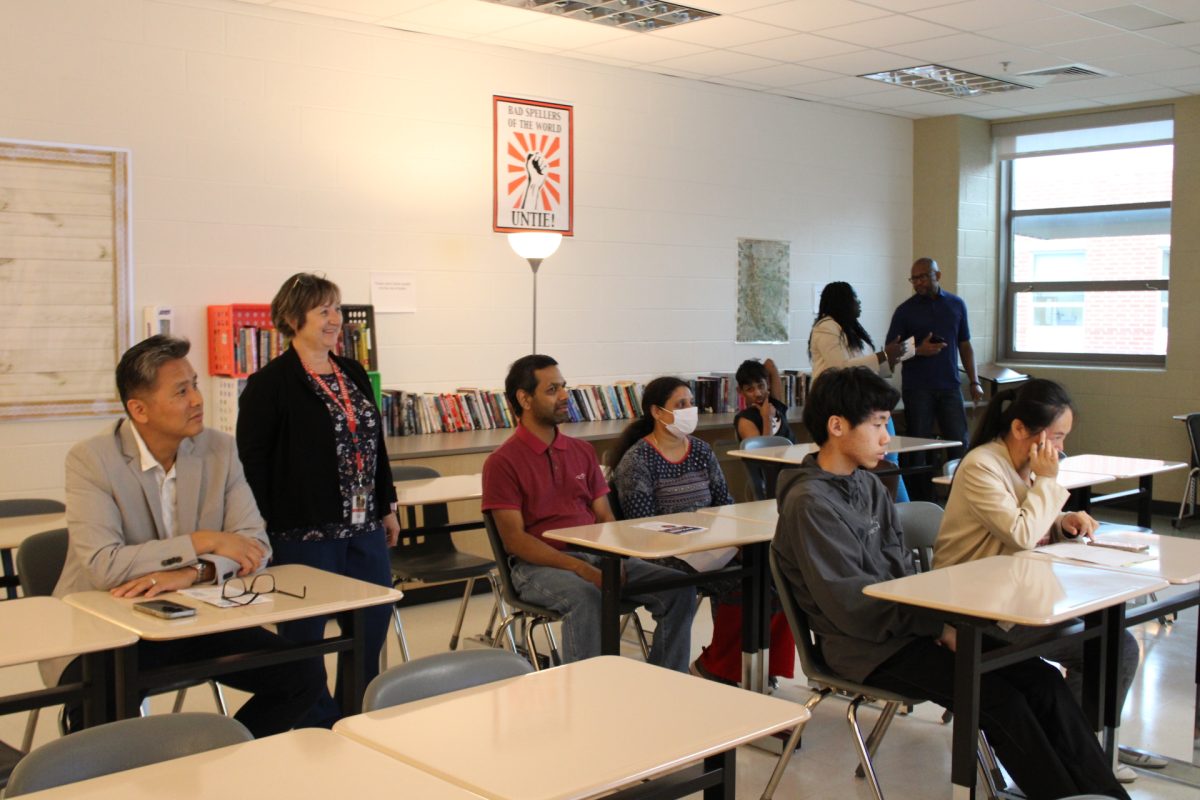
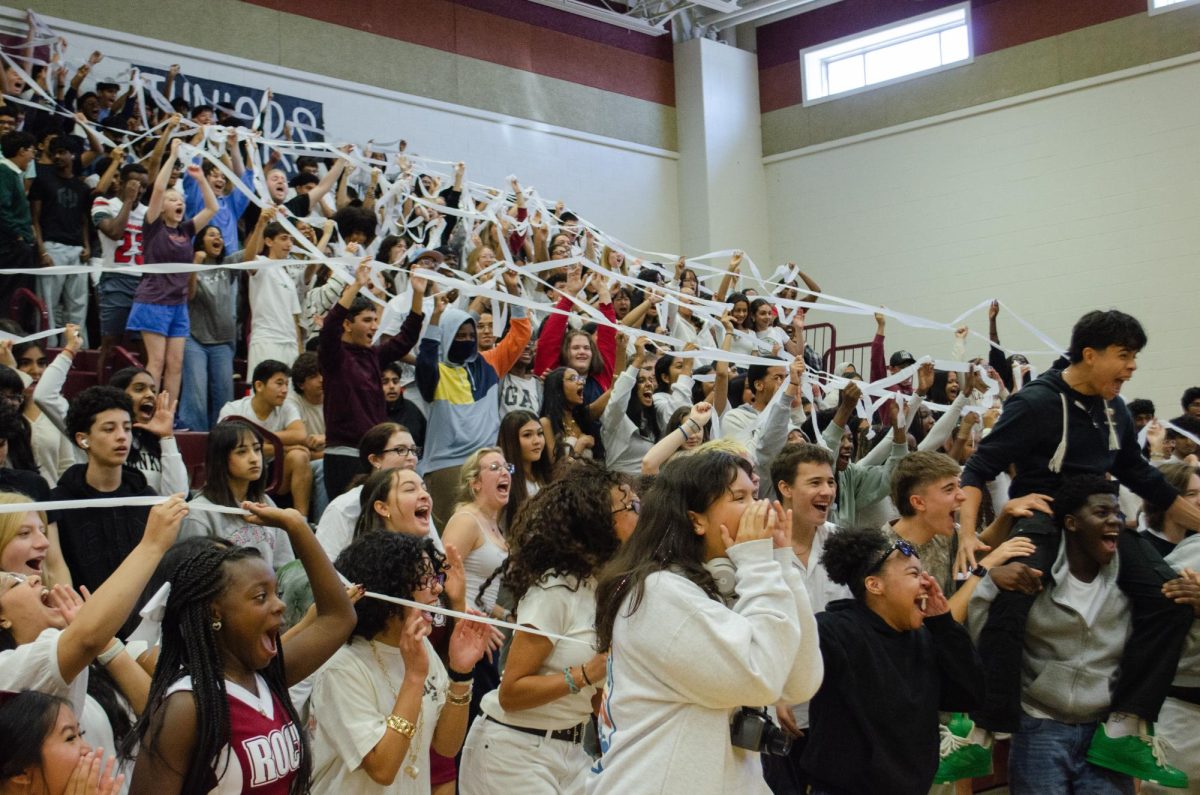
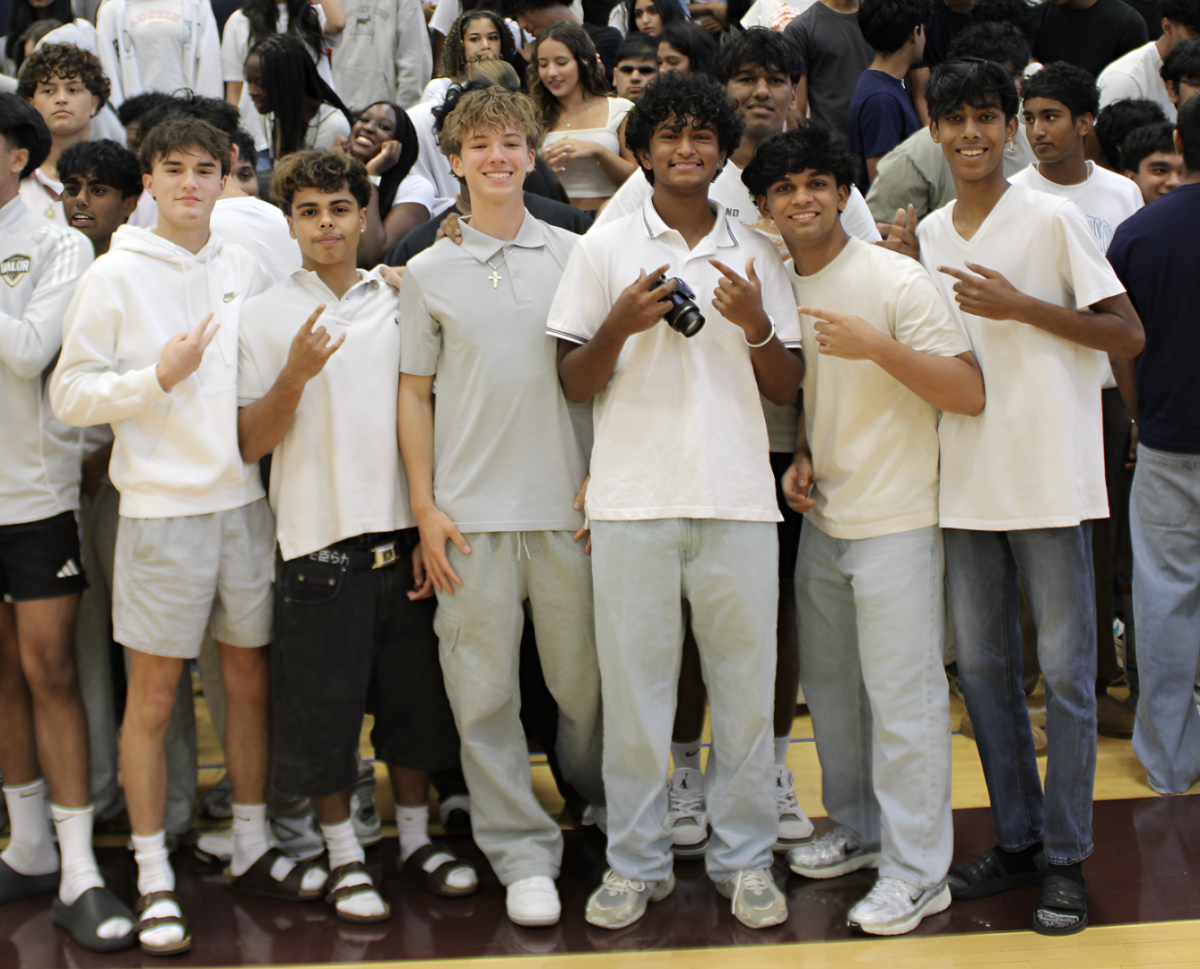
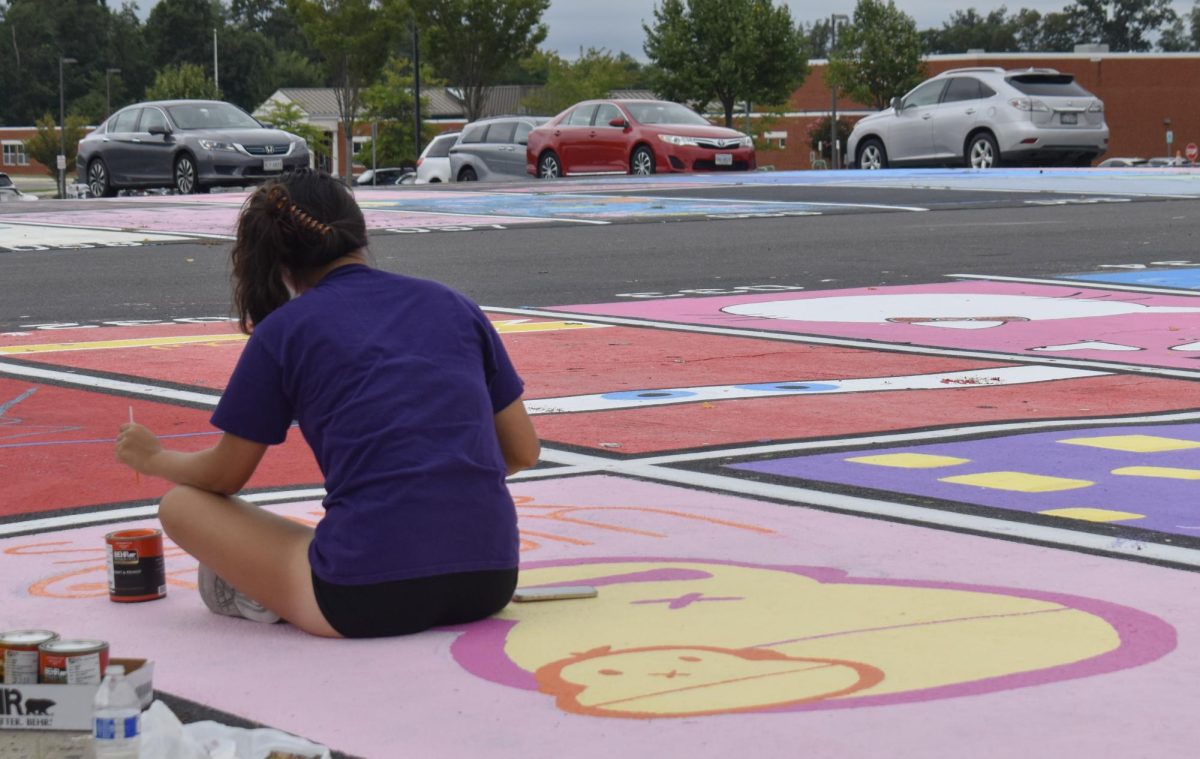
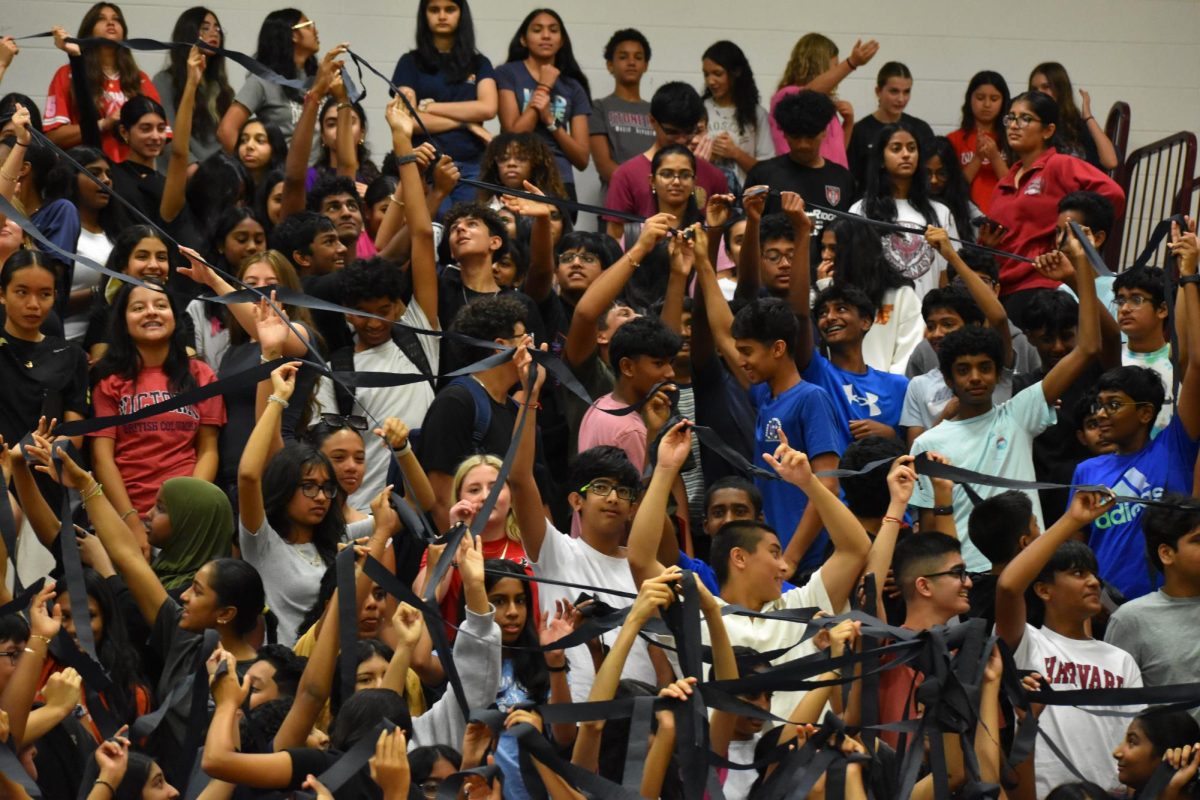






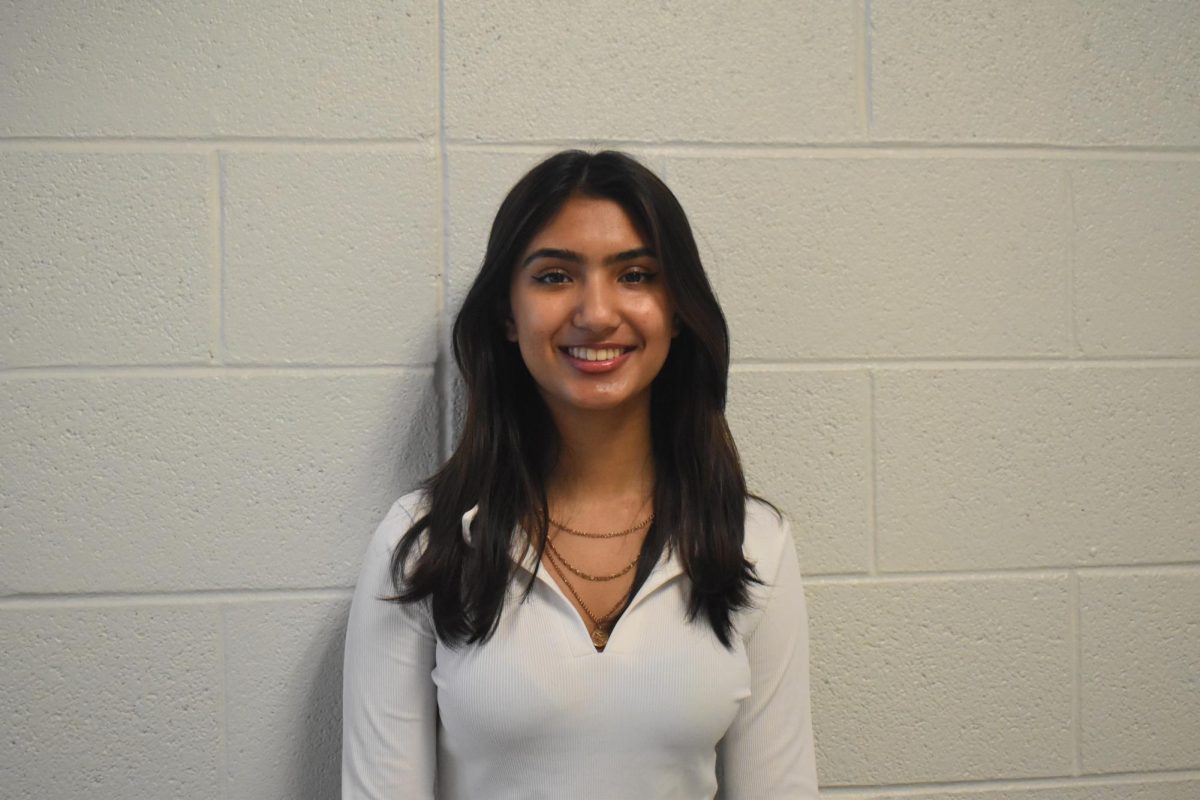
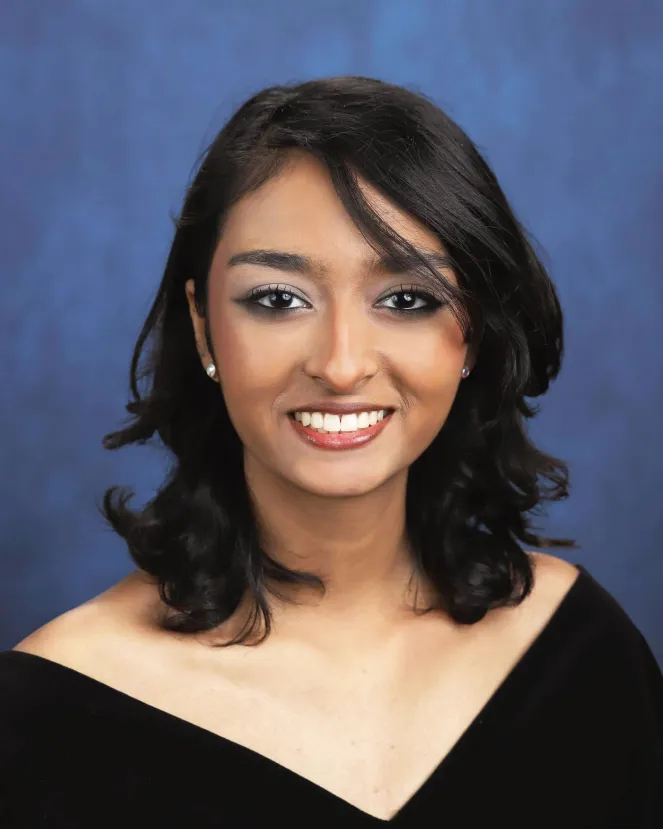
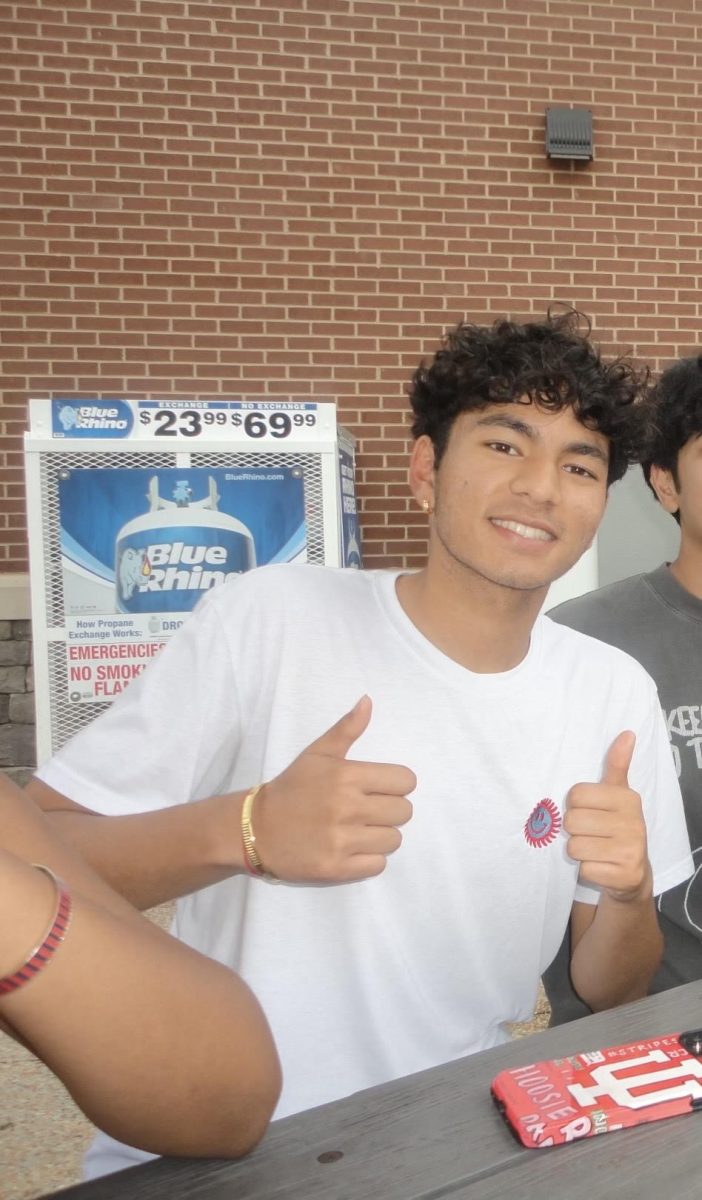
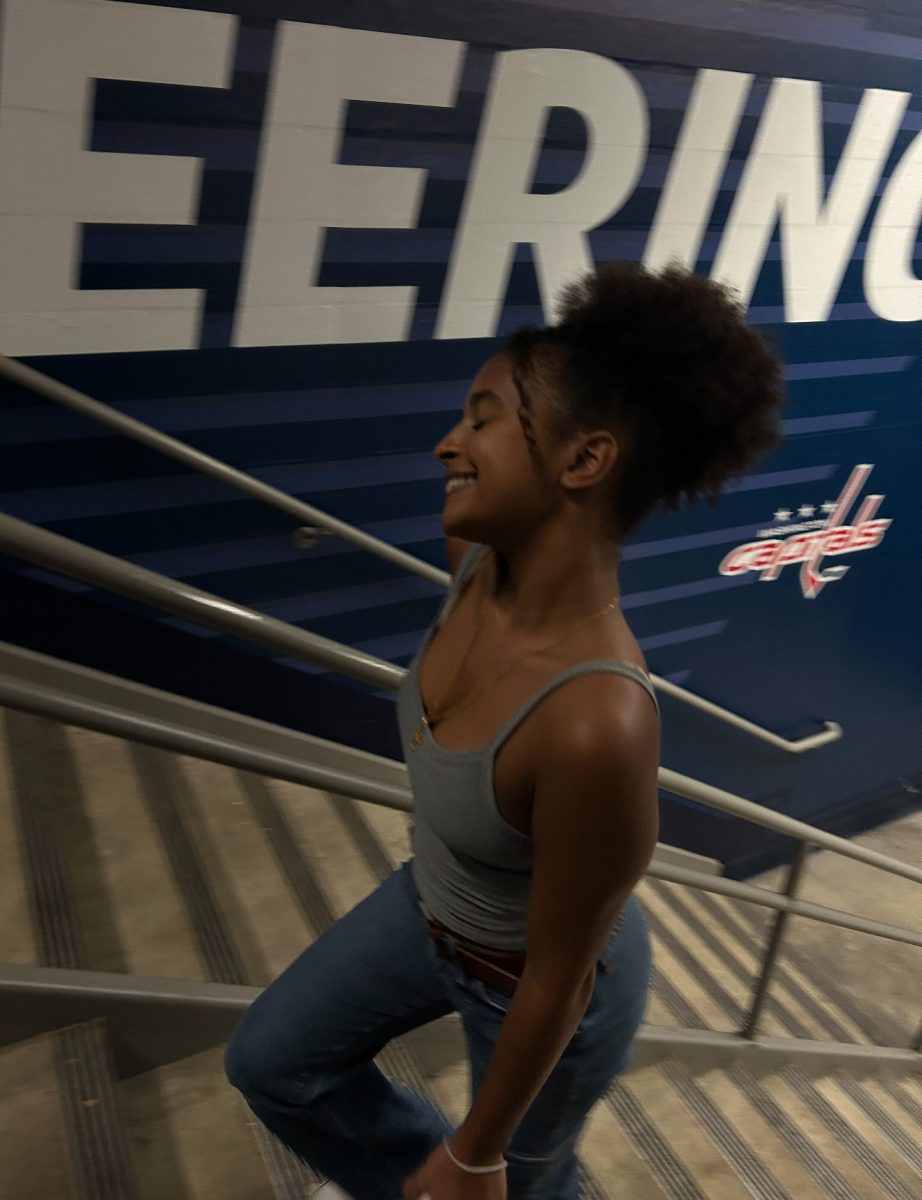


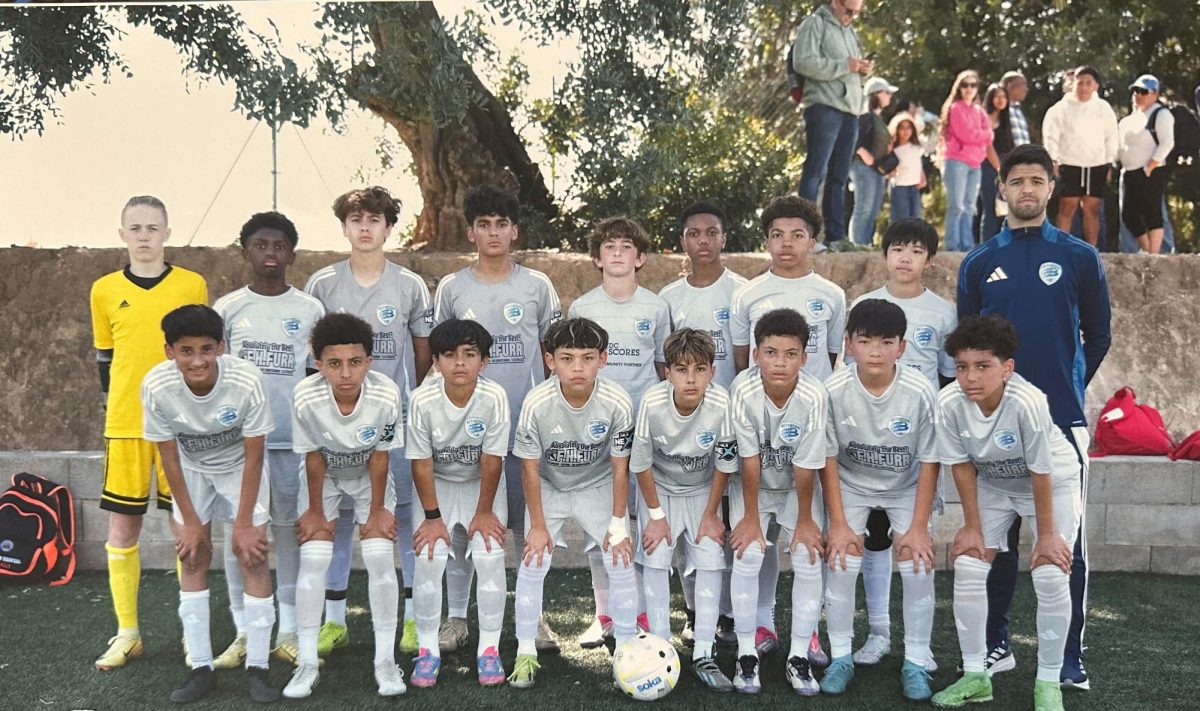


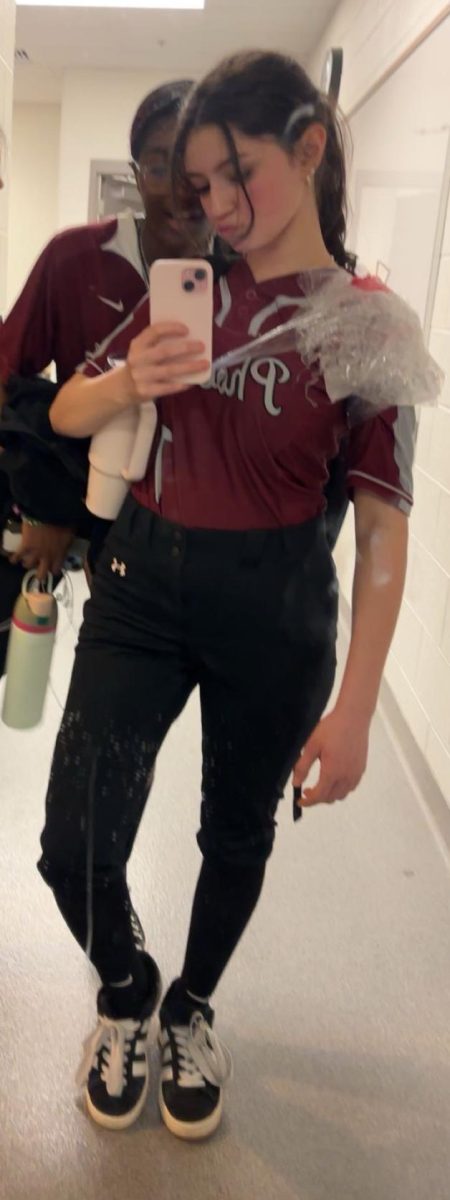
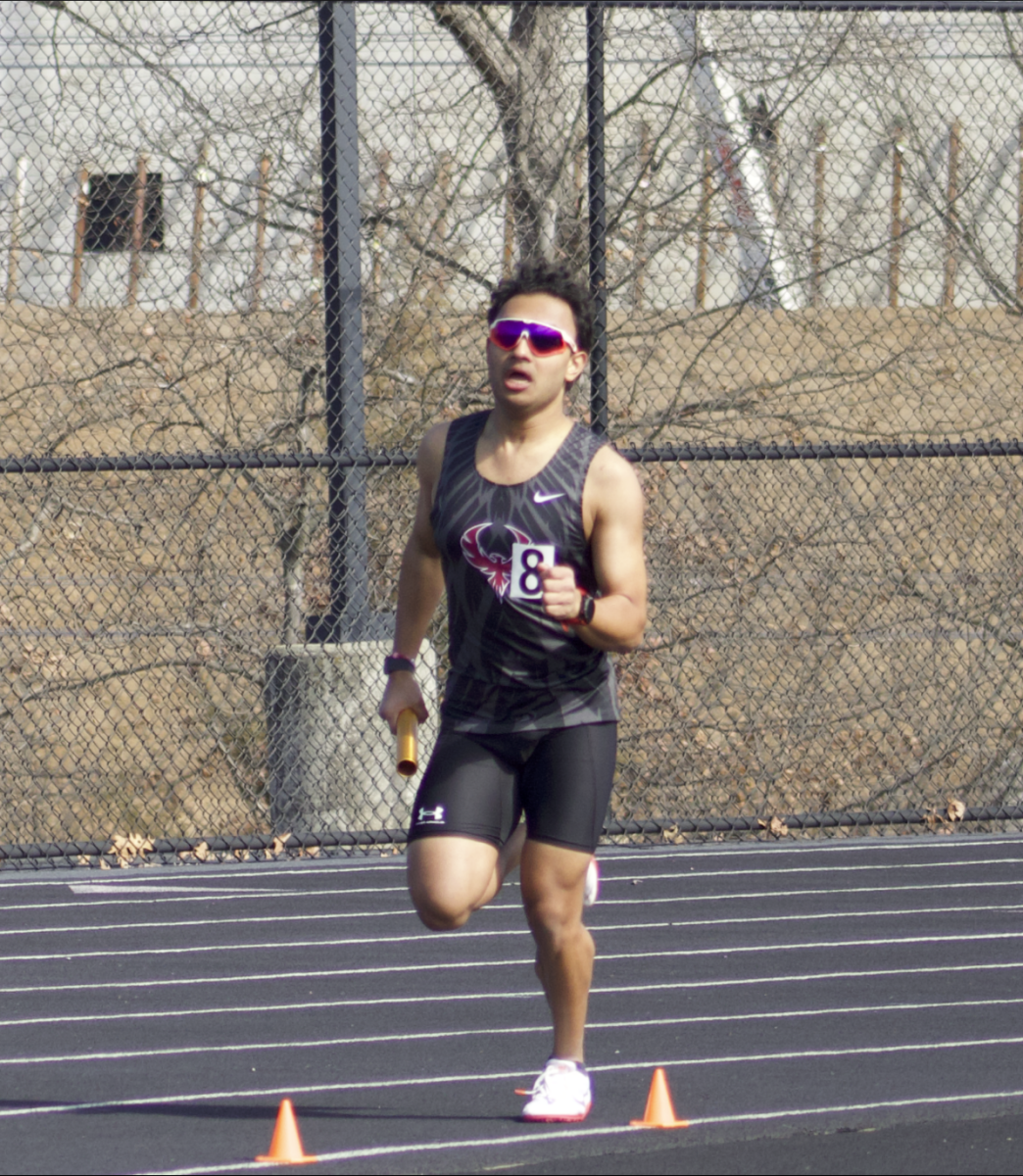


![The Phoenix varsity volleyball team lines up for the national anthem. “We were more communicative [with each other] during this game, and I feel like we kept our energy up, especially after the first set,” senior Jessica Valdov said.](https://theblazerrhs.com/wp-content/uploads/2024/10/DSC_0202-1200x800.jpg)

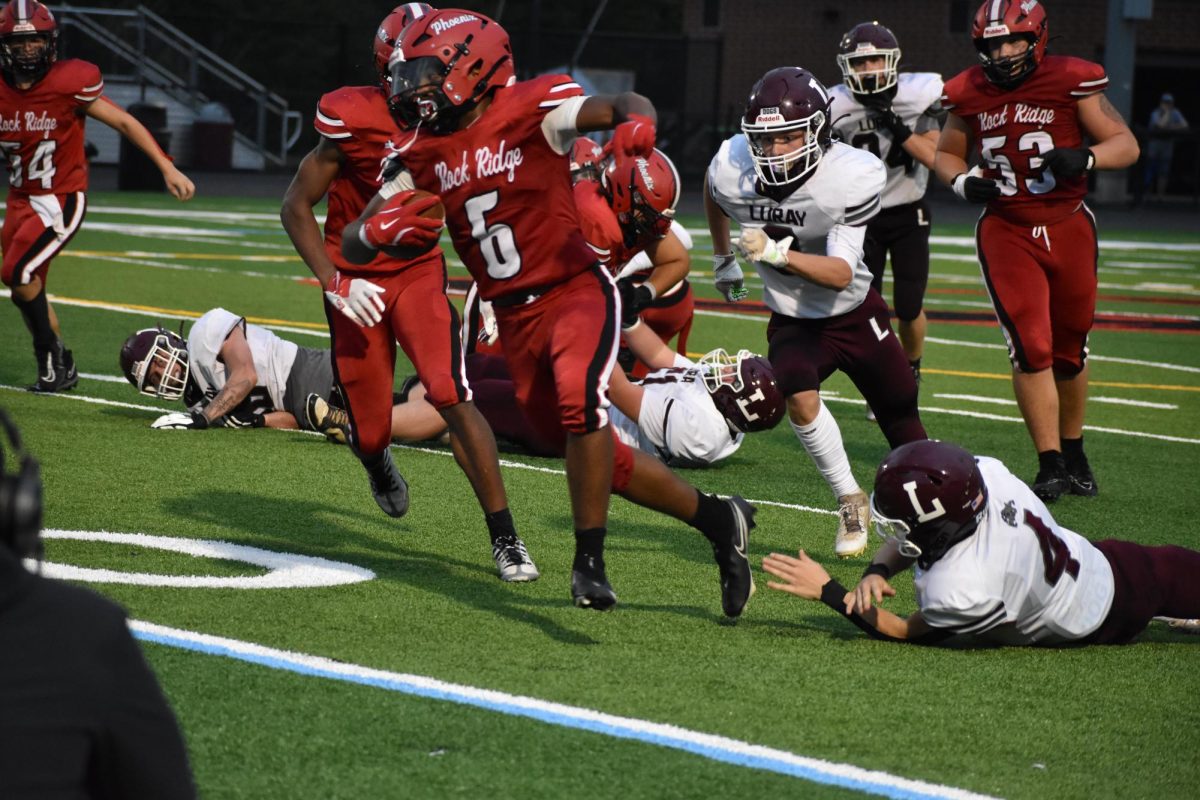
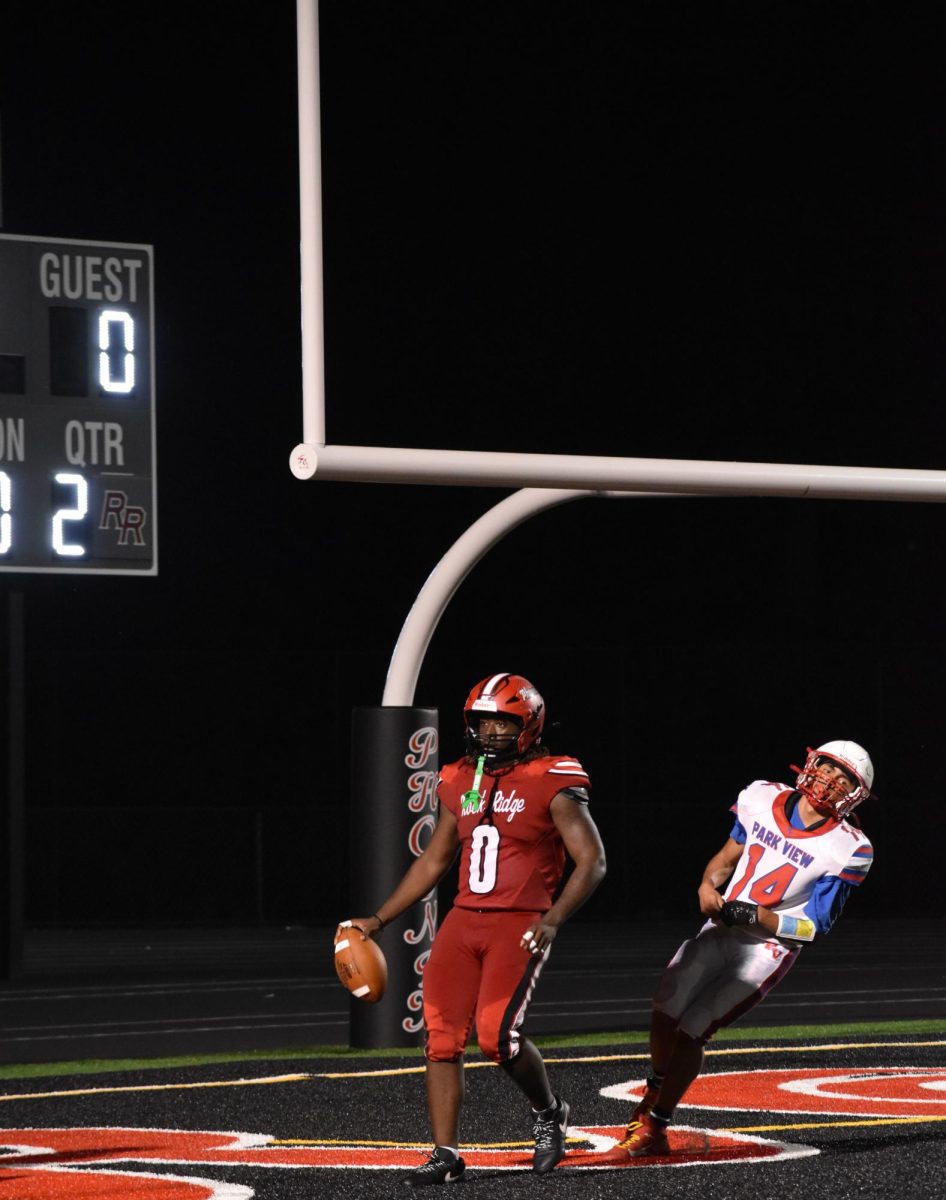

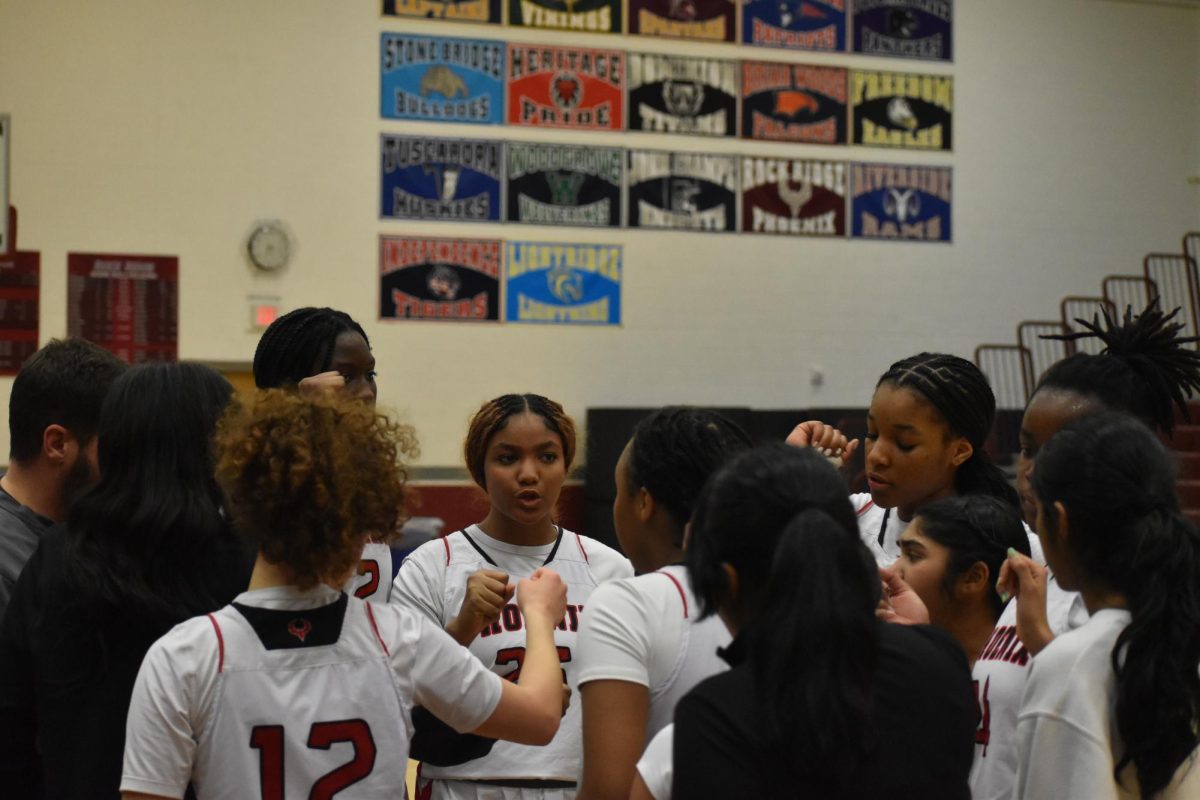
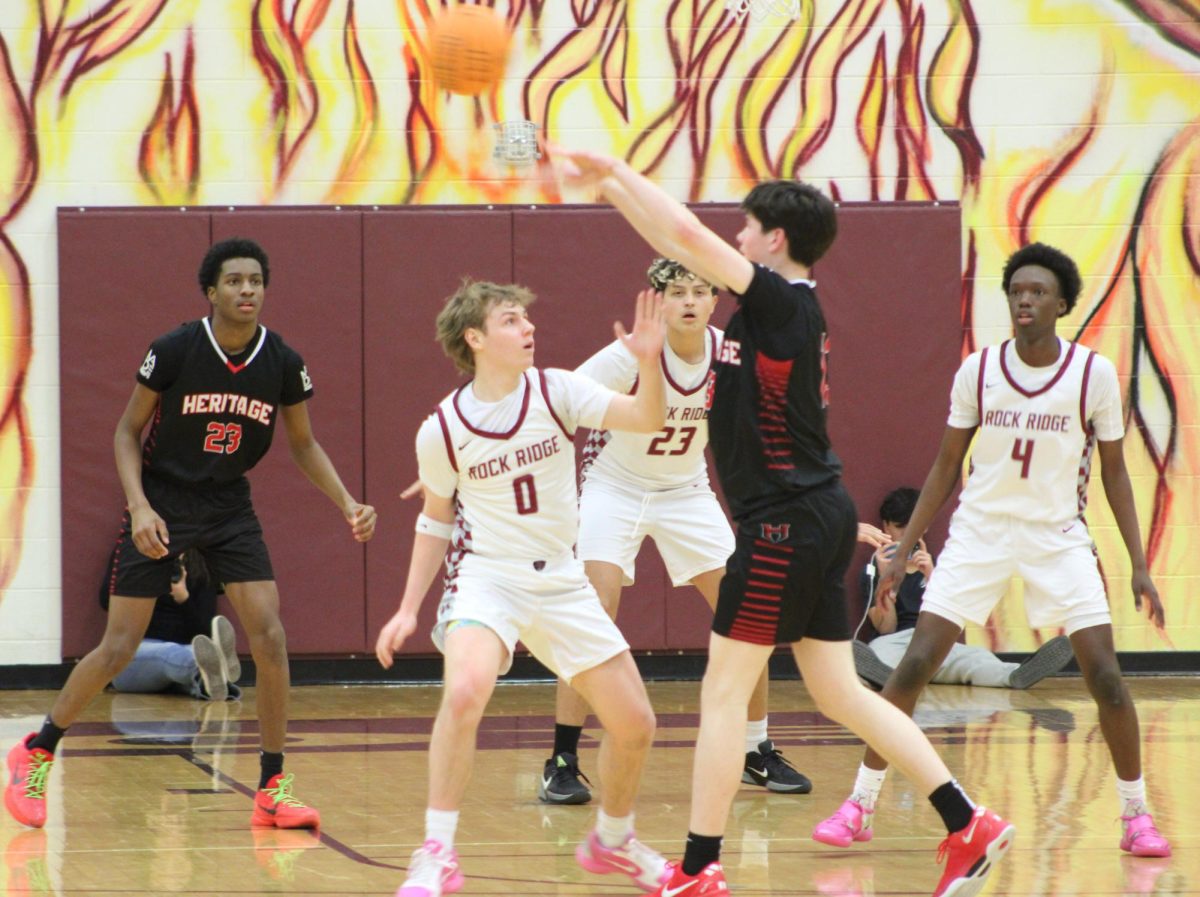
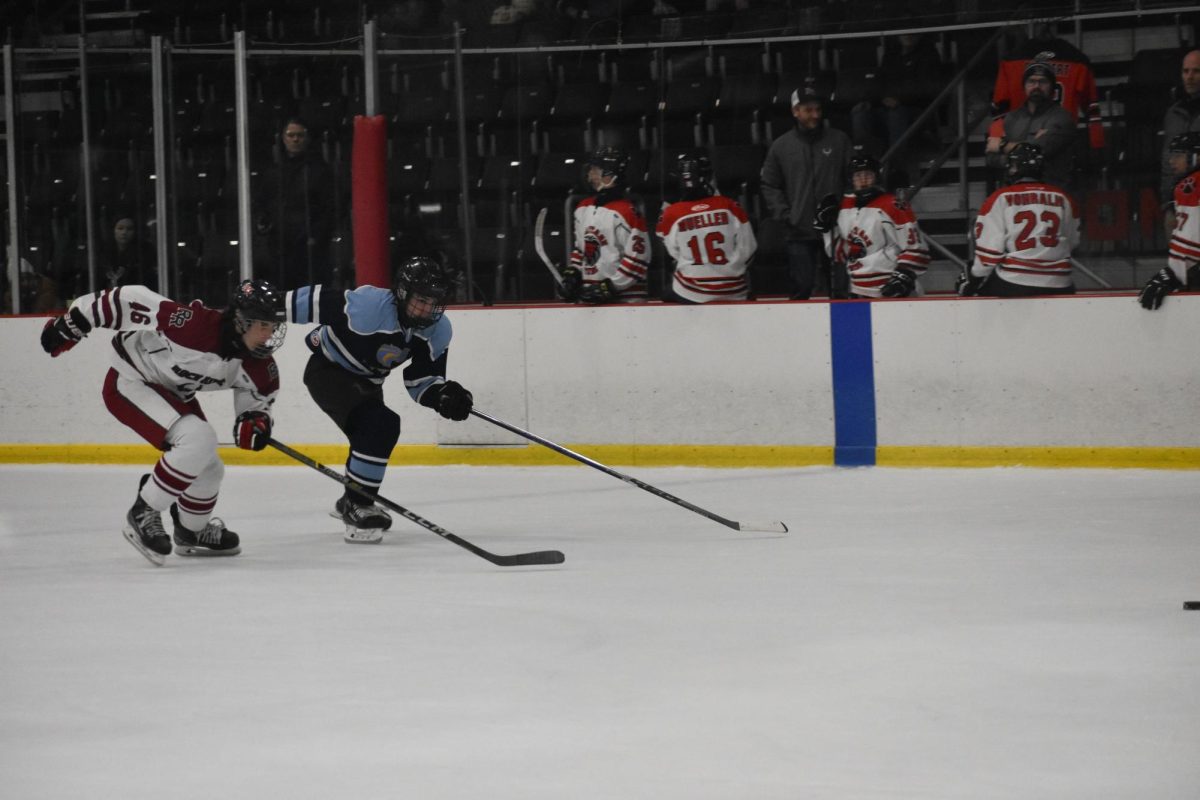
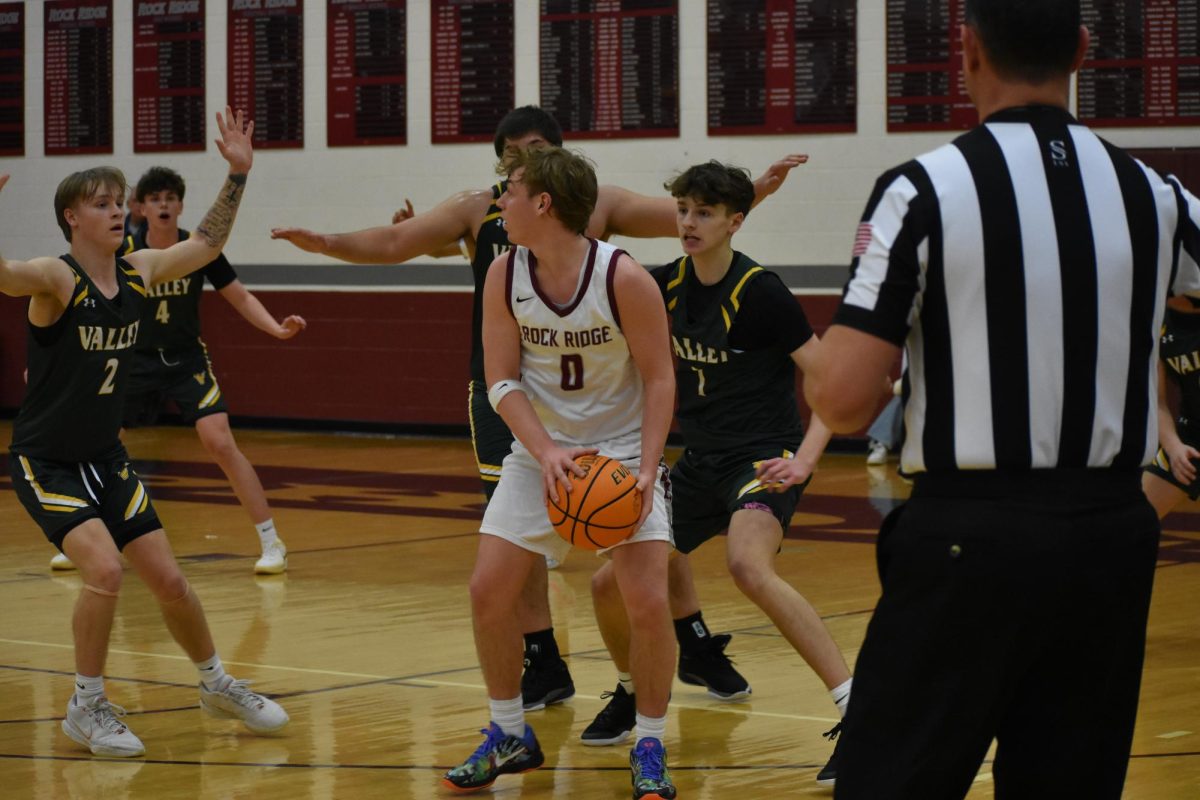
![Junior Alex Alkhal pitches the ball. “[I] just let it go and keep practicing so we can focus on our goal for the next game to get better as a team,” Alkhal said.](https://theblazerrhs.com/wp-content/uploads/2025/05/DSC_0013-1-1200x929.jpg)
